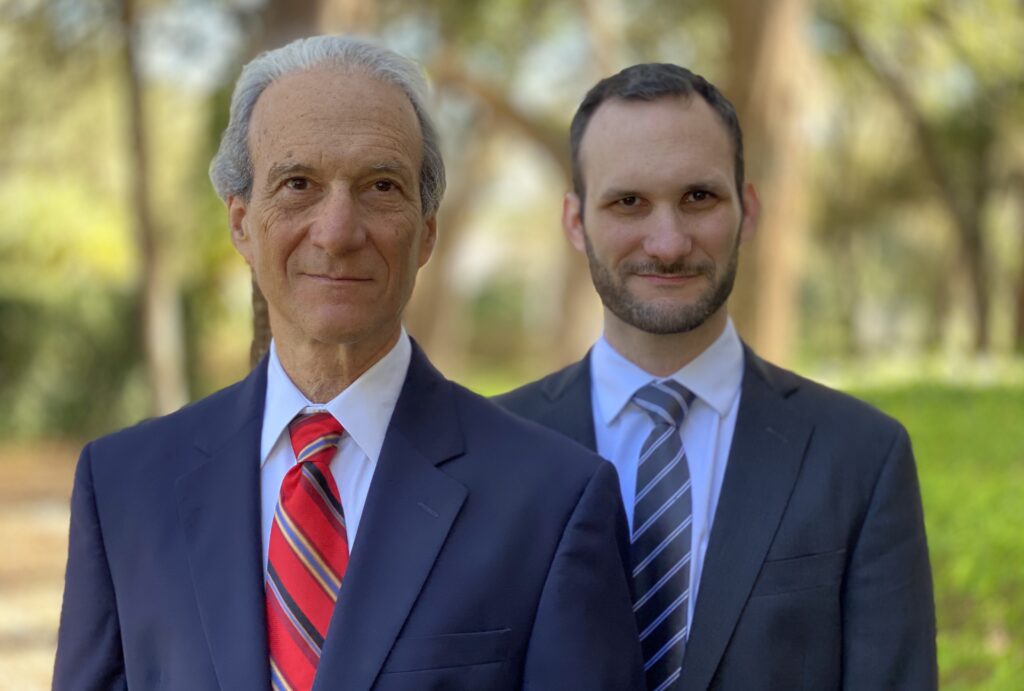Asset protection for doctors often begins after the threat of a medical malpractice claim. A threatened claim is one of the most serious and stressful events for a physician.
Often a doctor first finds out about a potential claim once a personal injury law firm requests patient records, though sometimes the doctor will anticipate a problem based on the bad outcome of a particular treatment or operation.
Most medical malpractice claims are settled and do not result in a lawsuit being filed. Waiting for an insurance company to make a settlement decision is often stressful and mentally exhausting. There are asset protection techniques available to better protect doctors should the claim lead to litigation.
How Does Asset Protection Work for Doctors?
For a physician facing a potential medical malpractice claim, asset protection planning involves:
- Implementing an asset protection plan.
- Reviewing insurance coverage.
- Reviewing the current ownership of your assets.
- Evaluating which assets are vulnerable to collection.
- Determining strategies to protect any exposed assets.
We help protect your assets from creditors.
Jon Alper and Gideon Alper are nationally recognized experts in asset protection planning with over 50 years of combined experience. They provide all services remotely by phone or Zoom.

Reviewing Insurance Coverage
A doctor’s first line of defense against a potential medical malpractice claim is having adequate professional liability insurance.
There are two alternative strategies and opinions: (1) having low or no insurance coverage or (2) having a high policy limit.
Some physicians choose to maintain low or even no insurance coverage to dissuade personal injury attorneys from pursuing a claim. The thinking is that the medical malpractice attorneys will be less likely to pursue action against a doctor without the promise of an insurance payout.
A strategy of low insurance sometimes works, but it is risky. Some medical malpractice attorneys will file suit against doctors with low insurance coverage.
On the other hand, a physician with higher policy limits generally will more easily have their matter settled because more funds are available to compensate the plaintiff.
With either strategy, asset protection planning can reduce the likelihood of a lawsuit. This is true even for planning that is started after the initial claim. Plaintiff attorneys are motivated to accept whatever insurance is available if they do not expect to recover money from a well-protected defendant.
While any physician is potentially at risk of a medical malpractice claim, some of the more common practice areas leading to claims include:
- Birth injuries
- Dental malpractice
- Cancer misdiagnosis
- Plastic surgery malpractice
- Chiropractor malpractice
Going Over Your Asset Structure
The first step of asset protection planning for doctors involves reviewing title ownership of your assets and income.
Here are some questions for a doctor to consider when starting the planning process:
- Review any joint marital assets to make sure they qualify for tenants by entireties protection. Did spouses acquire the assets jointly, or were assets initially individually owned and made joint later on? Look at your bank statements and see which accounts are joint and which are owned separately. For jointly owned vehicles, does the title to the vehicle say “or” or “and” between spouses’ names?
- Do you own any businesses? If so, what type of entity? What documentation do you have regarding the business agreement among multiple owners? What are the business partners’ percentages? Do the businesses own assets such as equipment or accounts receivable?
- Do you get paid a salary? Do you as the business owner control the amount of salary? Is salary deposited in to a segregated account?
- Are rental properties titled in individual ownership or in a legal entity such as a limited liability company?
- Which investment accounts do you have and how are they titled? Are they taxable accounts or retirement accounts?
An asset protection attorney will go through these items and evaluate your collection risk from a money judgment.
Evaluating Which Assets Are Vulnerable
A creditor can use various tools under Florida law to seize your assets to collect a money judgment against a doctor. However, certain assets are exempt from collection under Florida law. It helps to think of these exempt assets as either being “fully exempt” or “quasi-exempt.”
Fully Exempt Assets
In Florida, some of the most common fully exempt assets owned by doctors include:
- Homestead. The exemption is limited to homes on 1/2 acre inside a municipality and 160 acres in an unincorporated county. You must own and possess the property with the intention for it to be your permanent residence.
- The wages, salary, commissions, or bonus of a person that is head of household (also called head of family). Not included: profit distributions from a business that a doctor owns.
- Retirement accounts of all types. 401k, profit-sharing plans, IRAs, simple IRAs, inherited IRAs, Roth IRAs, pensions.
- 529 plans, Florida pre-paid college program plans
- Tenants by entireties property (certain types of joint marital property)
Quasi-Exempt Assets
Quasi-exempt assets are not technically exempt from collection under Florida law, but they are difficult and costly for a medical malpractice attorney to pursue.
Some quasi-exempt assets in Florida include:
- Multi-member LLC interests. The exclusive collection remedy of a judgment creditor against a multi-member LLC interest is a charging order giving the creditor a lien on the profit distributions owed to the debtor member. A properly drafted LLC operating agreement may make it difficult for a creditor to obtain money from a charging lien.
- The beneficial interest in asset protection trusts. Trusts set up by third parties for the benefit of a judgment debtor can protect the trust property from creditors of the beneficiary. Note that self-settled asset protection trusts will not protect judgment debtors in Florida.
- Bank accounts that cannot be garnished. Some states make it very difficult for a judgment creditor to garnish banks, which makes one of the most popular collection tools ineffective.
Protecting Exposed Assets
The effectiveness of asset protection for doctors depends on whether a plan is implemented before or after a potential legal issue. The relevant time is not the filing of a lawsuit, but when the doctor learns about the event that gives rise to potential liability.
Before Something Has Happened
Before an event doctors, and everyone else, are free to transfer assets as much as they would like because there are no current or potential creditors. People not facing legal problems can structure asset ownership to take advantage of the exemptions afforded by Florida law.
After Something Has Happened
Following an event giving rise to potential liability asset protection becomes a conflict between exemption planning and fraudulent conveyance laws.
A fraudulent conveyance, generally speaking, is either:
- a transfer made by a debtor with the intent to hinder or delay collection by a creditor; or
- a transfer that makes a debtor insolvent without receipt of reasonably equivalent value.
- Converting non-exempt assets to an exempt asset
The difficulty of asset protection planning after a liability event is figuring out how to take advantage of Florida exemption laws without exposing transferred or converted assets or transferees to fraudulent conveyance attacks. The fraudulent conveyance remedy may reverse an asset protection transfer, but the remedy is not criminal and does not increase the amount of the underlying judgment. It is almost never too late to protect assets from a creditor, even if the lawsuit has already been filed and even if the asset protection could be subject to a fraudulent conveyance claim.
Sign up for the latest information.
Get regular updates from our blog, where we discuss asset protection techniques and answer common questions.









